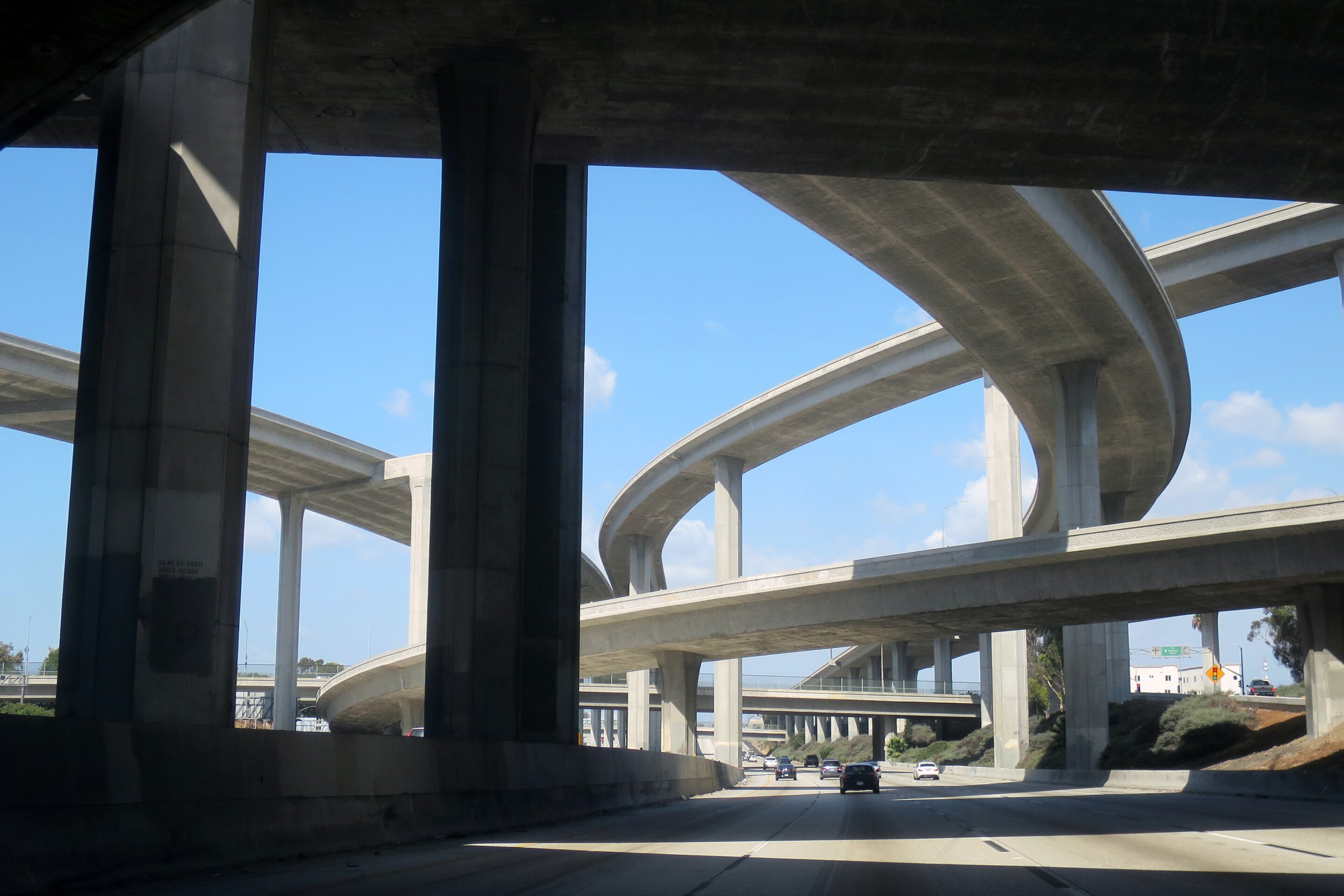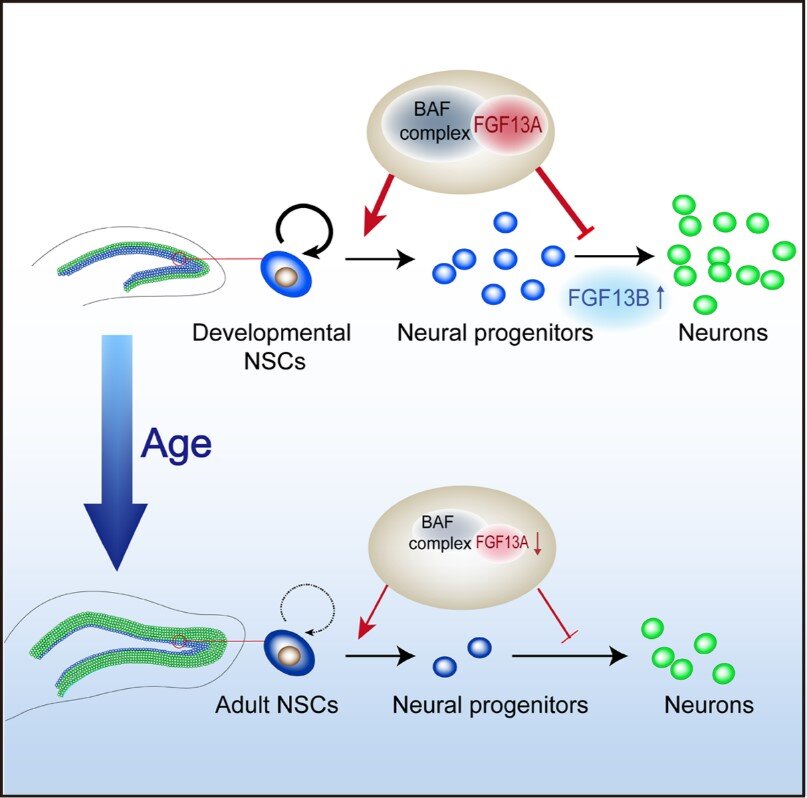#Helping autonomous vehicles navigate tricky highway merges

Table of Contents
“Helping autonomous vehicles navigate tricky highway merges”

If autonomous vehicles are ever going to achieve widespread adoption, we need to know they are capable of navigating complex traffic situations, such as merging into heavy traffic when lanes disappear on a highway. To that end, researchers from North Carolina State University have developed a technique that allows autonomous vehicle software to make the relevant calculations more quickly—improving both traffic and safety in simulated autonomous vehicle systems.
“Right now, the programs designed to help autonomous vehicles navigate lane changes rely on making problems computationally simple enough to resolve quickly, so the vehicle can operate in real time,” says Ali Hajbabaie, corresponding author of a paper on the work and an assistant professor of civil, construction and environmental engineering at NC State. “However, simplifying the problem too much can actually create a new set of problems, since real world scenarios are rarely simple.
“Our approach allows us to embrace the complexity of real-world problems. Rather than focusing on simplifying the problem, we developed a cooperative distributed algorithm. This approach essentially breaks a complex problem down into smaller sub-problems, and sends those to different processors to solve separately. This process, called parallelization, improves efficiency significantly.”
At this point, the researchers have only tested their approach in simulations, where the sub-problems are shared among different cores in the same computing system. However, if autonomous vehicles ever use the approach on the road, the vehicles would network with each other and share the computing sub-problems.
In proof-of-concept testing, the researchers looked at two things: whether their technique allowed autonomous vehicle software to solve merging problems in real time; and how the new “cooperative” approach affected traffic and safety compared to an existing model for navigating autonomous vehicles.
In terms of computation time, the researchers found their approach allowed autonomous vehicles to navigate complex freeway lane merging scenarios in real time in moderate and heavy traffic, with spottier performance when traffic volumes got particularly high.
But when it came to improving traffic and safety, the new technique did exceptionally well. In some scenarios, particularly when traffic volume was lower, the two approaches performed about the same. But in most instances, the new approach outperformed the previous model by a considerable margin. What’s more, the new technique had zero incidents where vehicles had to come to a stop or where there were “near crash conditions.” The other model’s results included multiple scenarios where there were literally thousands of stoppages and near crash conditions.
“For a proof-of-concept test, we’re very pleased with how this technique has performed,” Hajbabaie says. “There is room for improvement, but we’re off to a great start.
“The good news is that we’re developing these tools and tackling these problems now, so that we’re in a good position to ensure safe autonomous systems as they are adopted more widely.”
The paper, “Distributed Cooperative Trajectory and Lane changing Optimization of Connected Automated Vehicles: Freeway Segments with Lane Drop,” appears in the journal Transportation Research Part C. First author of the paper is Mehrdad Tajalli, a recent Ph.D. graduate of NC State. The paper was co-authored by Ramin Niroumand, a Ph.D. student at NC State.
Researchers find way to make traffic models more efficient
Mehrdad Tajalli et al, Distributed cooperative trajectory and lane changing optimization of connected automated vehicles: Freeway segments with lane drop, Transportation Research Part C: Emerging Technologies (2022). DOI: 10.1016/j.trc.2022.103761
Citation:
Helping autonomous vehicles navigate tricky highway merges (2022, August 24)
retrieved 24 August 2022
from https://techxplore.com/news/2022-08-autonomous-vehicles-tricky-highway-merges.html
This document is subject to copyright. Apart from any fair dealing for the purpose of private study or research, no
part may be reproduced without the written permission. The content is provided for information purposes only.
If you liked the article, do not forget to share it with your friends. Follow us on Google News too, click on the star and choose us from your favorites.
For forums sites go to Forum.BuradaBiliyorum.Com
If you want to read more Like this articles, you can visit our Science category.


